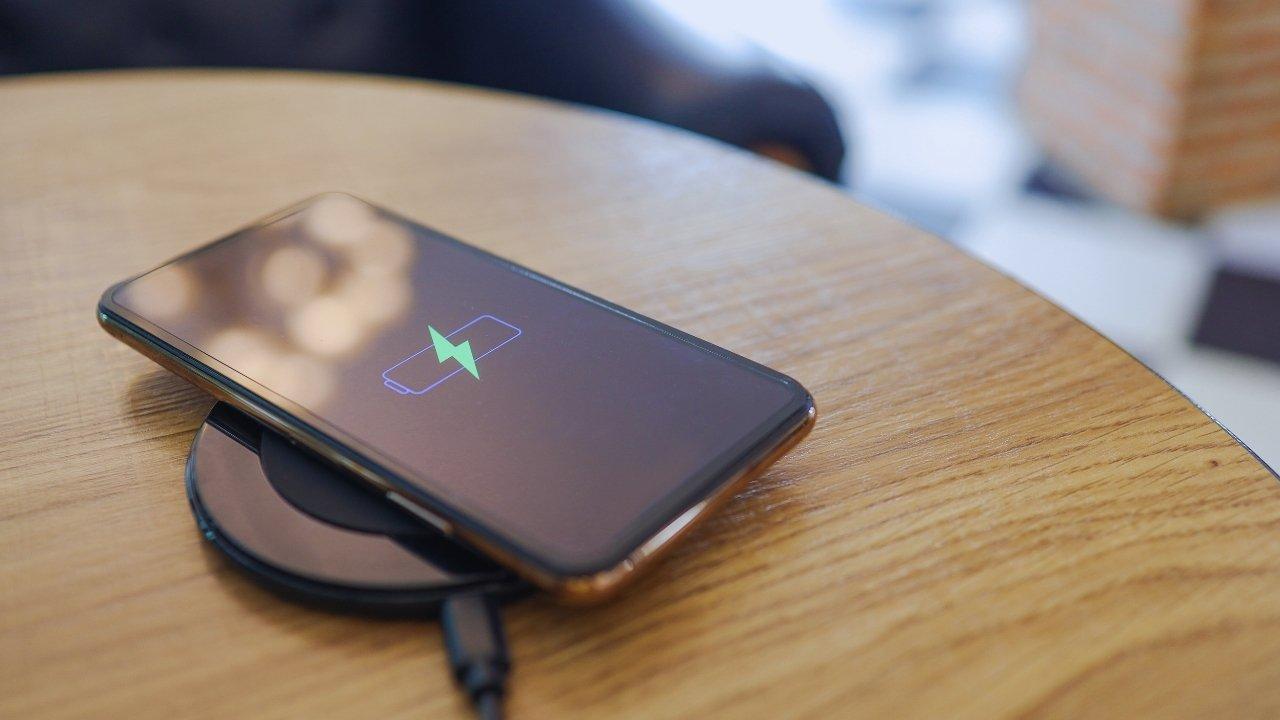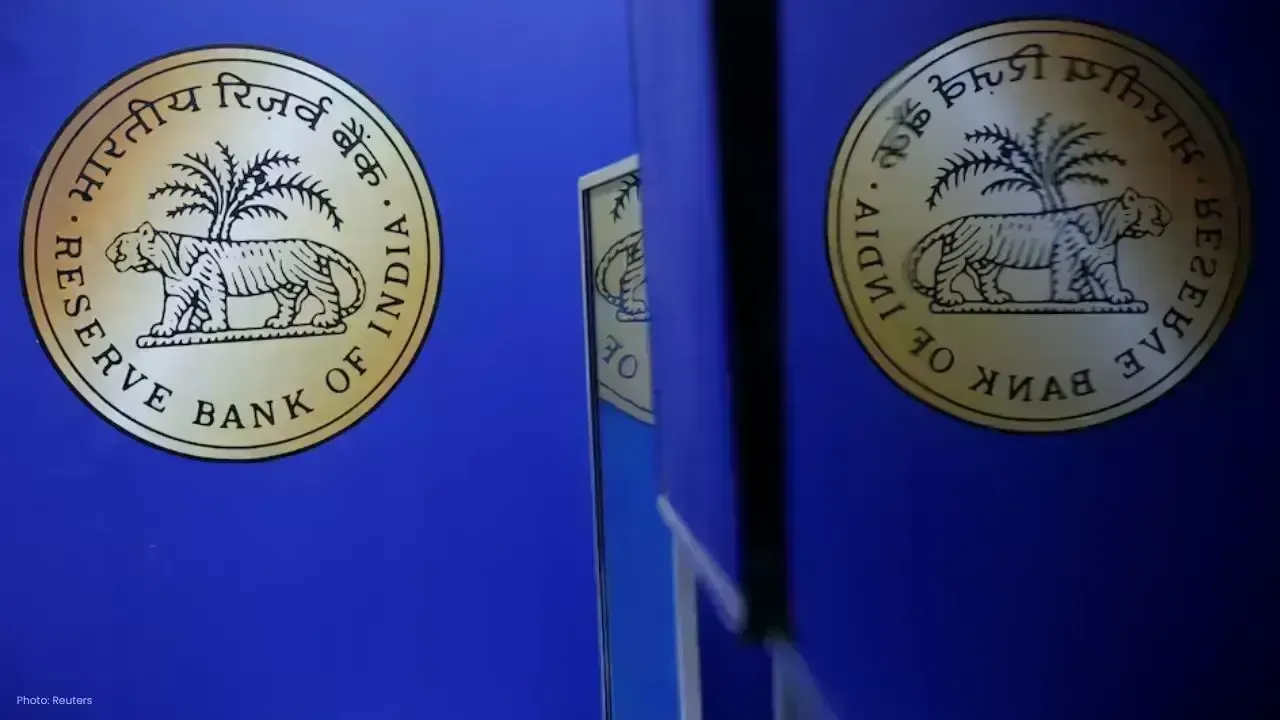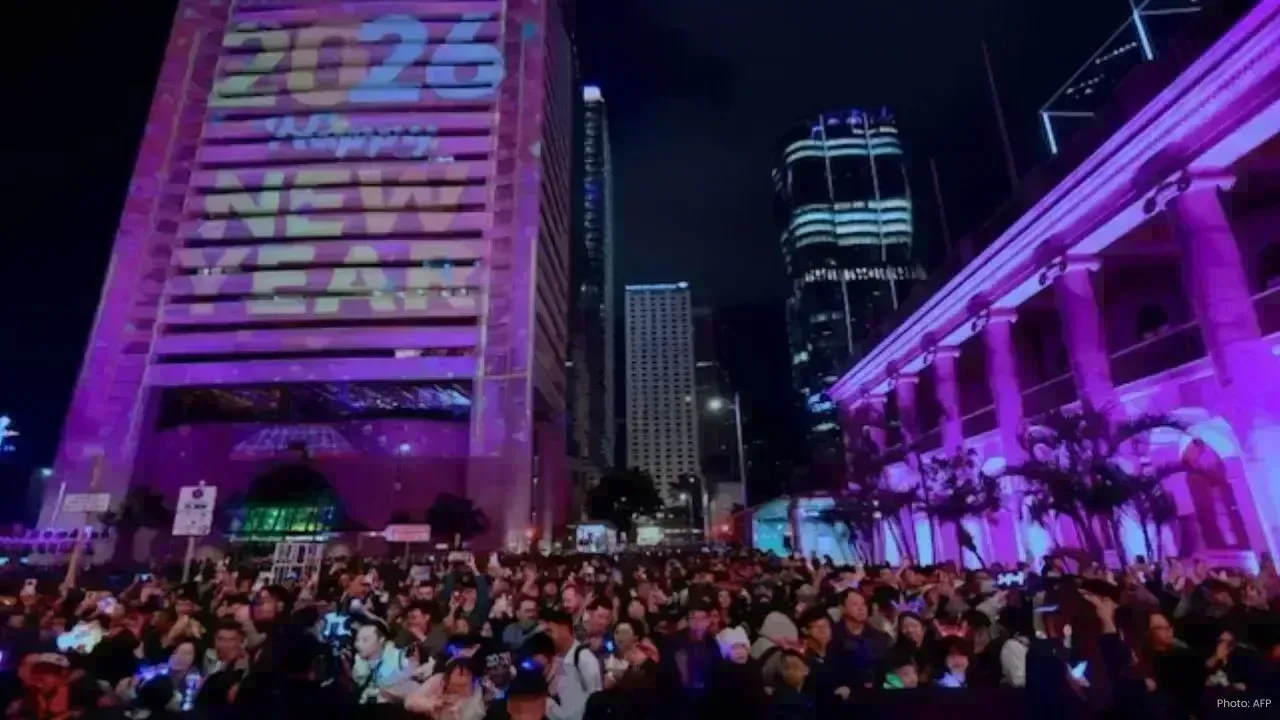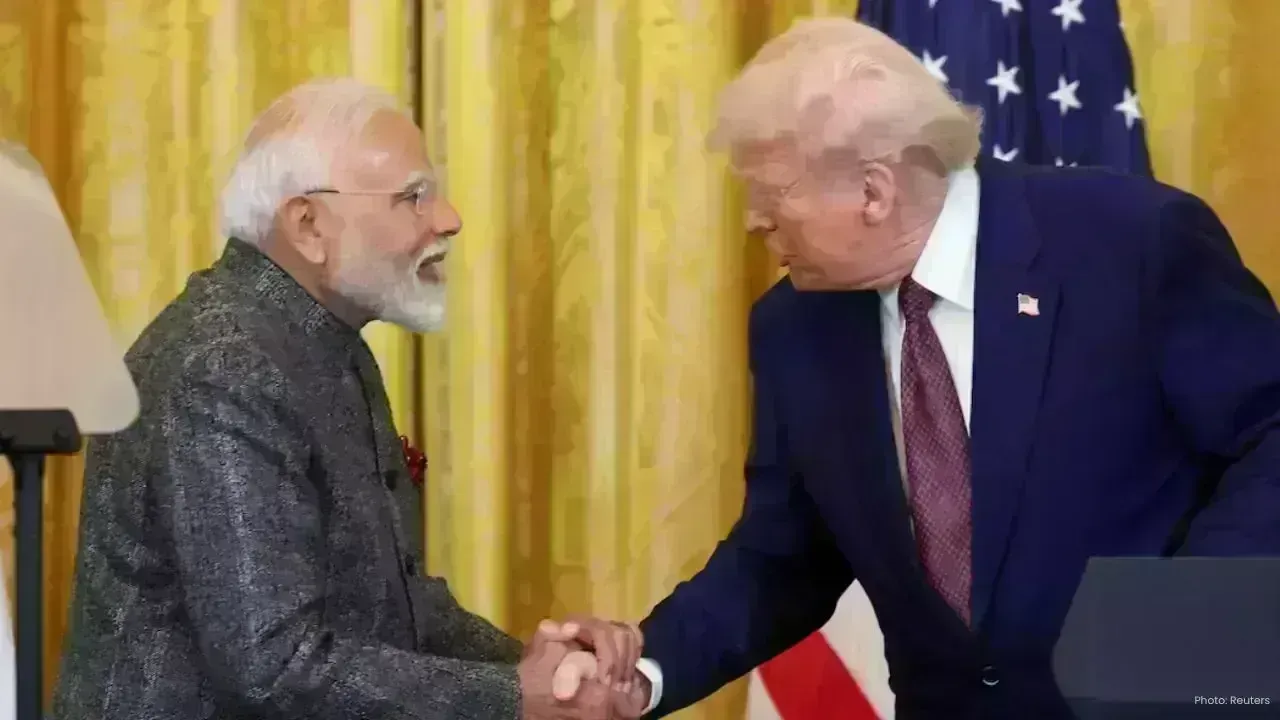You have not yet added any article to your bookmarks!

Join 10k+ people to get notified about new posts, news and tips.
Do not worry we don't spam!

Post by : Anis Farhan
Magnetic power banks are portable battery packs that wirelessly transfer power to a device through magnetic attachment or alignment. Unlike traditional wired power banks or pads, these units use magnets (such as those in MagSafe systems or similar magnetic power profiles) to ensure precise alignment of coils for efficient charge transfer.
Key features typically include:
Magnetic alignment: Helps ensure the order of coils are aligned properly so charging is efficient and consistent.
Wireless Power Standards: Many use Qi standards (e.g., Qi2, or proprietary magnetic power profiles) to ensure compatibility across devices.
Combination of wireless and wired ports: Some units support both wireless output and wired USB-C/USB-A outputs, for dual device charging or flexibility.
Battery capacity: Measured in mAh, often ranging from 5,000 mAh to 10,000+ mAh for portable models.
Form factor & materials: Slimness, weight, magnet strength, build quality (metal, plastic, texture) matter for user comfort and durability.
One of the biggest drivers is the emergence of newer wireless charging standards. Qi2 has become an important benchmark. With the release of Qi version 2.2, devices are pushing wireless charging speeds higher (25W for many devices) and improving aspects like efficiency and compatibility.
For example, a new magnetic power bank by Ugreen (MagFlow) claims Qi v2.2 certification and supports wireless charging at up to 25W. This is significantly higher than the typical 15W most wireless power banks manage.
Devices are getting smaller, lighter, thinner. A model launched in India, Nemo by Stuffcool, is a 10,000mAh magnetic wireless power bank that’s compact and designed for portability. These kinds of designs suggest users want both power and convenience without bulk.
Beyond just charging, manufacturers are bundling in extras: built-in cables, fold-out stands, stronger magnets for more secure grip, multi-device charging. For instance, the Ubon PB-X106 Magno Power offers built-in cables and a stand. Also, combinations of wireless and wired outputs are common to give users flexibility.
The market for wireless power banks is expanding fast. Analysts estimate the global wireless power bank market will grow from about USD 14–15 billion in 2025 to over USD 40 billion by 2034, at a compound annual growth rate (CAGR) around 12-13%. Similarly, the specific magnetic wireless charging power bank segment is also growing strongly—forecast to see double-digit CAGR.
Higher power also means greater focus on safety. Overheating, foreign object detection (objects between magnet/coil), battery protection, magnetic interference are all concerns.
Standardization (Qi2, Qi v2.2, Magnetic Power Profile) helps interoperability: a magnetic power bank from one brand should work with devices from another brand if both adhere to the standard. ➝ Reduced confusion for consumers, less trial and error.
If you're thinking of getting a magnetic power bank, here are things to keep in mind:
Magnet Strength & Alignment
Strong magnets ensure the bank stays attached and aligns the coils properly. Weak magnets may lead to inefficient charging or detachments.
Wireless Power Output (Wattage)
Older magnetic banks might only provide 7.5–15W; newer ones with Qi2 or Qi 2.2 are reaching up to 25W. Higher wattage means faster charging but also more heat and possible trade-offs with battery life.
Battery Capacity vs Size/Weight
Higher capacity (e.g. 10,000 mAh or more) gives more charge cycles, but it adds size and weight. Decide based on how much portability you need.
Dual Charging / Wired Backup
Sometimes wireless alone isn't enough (or too slow). Having USB-C or USB-A ports helps when wireless isn’t practical.
Safety Certifications & Build Quality
Look for safety features (overheat protection, proper insulation), reputable brands, user reviews. As seen with a recent recall of a magnetic power bank due to fire risk, safety is not just theoretical.
Compatibility
Make sure your device supports the standard (MagSafe, Qi, Qi2, etc.). If not, you may get lower performance or no wireless charging at all.
Pricing vs Value
High-end models with premium build, higher wattage, extra features will cost more. But cheaper models may compromise on magnet strength, durability, or safety.
Frequent travellers: Lightweight, cable-free solutions are ideal in transit.
Users of newer phones: Devices with native magnetic alignment support (like MagSafe-enabled iPhones or Qi2-enabled Androids) get best performance.
Users tired of cable clutter: Magnetic banks reduce the need to fish for cables, especially if bank stays attached to phone.
Outdoor & mobile professionals: For people working on the move, on site, or outdoors, faster wireless top-ups are helpful.
While magnetic power banks are promising, there are some downsides:
Heat generation: Higher power wireless charging tends to generate heat, which can degrade battery health or affect performance. Thermal management is essential.
Efficiency losses: Wireless charging is inherently less efficient than wired charging. Losses happen in the coil, through air/gaps, and via magnet alignment issues.
Weight & Bulk trade-offs: To pack in more battery or stronger magnets, manufacturers often increase mass; that can reduce portability or comfort.
Cost: The more advanced a power bank (higher wattage, better safety, premium materials), the higher the price.
Standard fragmentation: While Qi2 / Qi v2.2 is growing, many devices still use older wireless protocols; compatibility can be hit or miss.
Magnetic interference: Magnets can interfere with other components (camera bumps, accessories, cards). Also, alignment must be precise to avoid inefficiency or damage.
Here are trends we expect to accelerate in magnetic power bank technology:
We’ll see more 25W, possibly even 50W wireless power banks as the Qi v2.2 standard finalizes and gets adopted broadly.
Power banks able to charge multiple devices—wireless plus wired—simultaneously will become more common. Also, designs with stands or modular attachments to enhance usability.
Heat dissipation, lighter materials, tougher build quality, and improved magnet design to ensure durability. Advances in internal layout may help reduce thickness without compromising function.
The continued adoption and refinement of Qi2, Magnetic Power Profiles, and improved certification mechanisms will reduce compatibility issues. Consumers will find products that truly work well across brands.
Imagine backpacks, phone cases, or furniture with magnetic pads built in; cars with docking stations; more seamless wireless power ecosystems. Also, environmental concerns (energy efficiency, recyclable materials) will gain importance.
Ugreen MagFlow Magnetic Power Bank: Promises Qi v2.2 certification and 25W wireless charging, 10,000mAh capacity, plus dual-device charging via extra USB-C port and built-in cable.
Stuffcool Nemo: An Indian example—a compact, 10,000mAh magnetic wireless power bank designed for portability, priced affordably.
Baseus PicoGo AM31: A 5,000mAh power bank with Qi2 wireless charging, strong magnetic attachment, lightweight design, and a kickstand for ease of use.
Ubon PB-X106 Magno Power: Combines magnetic wireless charging with built-in cables and a stand—aimed at convenience and minimizing extra accessories.
Magnetic power banks are no longer just trendy accessories; they are evolving into serious power tools for mobile lifestyle. With standards like Qi2 and Qi v2.2 pushing wireless charging speed higher, and manufacturers addressing real user pain points—portability, safety, compatibility—these devices are carving out a strong niche. They won’t replace wired charging entirely (not yet), but for many users, they will become the more convenient primary option.
If you're shopping for one, prioritize safety features, magnet strength, wattage, and compatibility. As the technology matures, expect to see even better efficiency, more power, and more integration with daily life.










Kim Jong Un Celebrates New Year in Pyongyang with Daughter Ju Ae
Kim Jong Un celebrates New Year in Pyongyang with fireworks, patriotic shows, and his daughter Ju Ae

Dhurandhar Day 27 Box Office: Ranveer Singh’s Spy Thriller Soars Big
Dhurandhar earns ₹1117 crore worldwide by day 27, becoming one of 2026’s biggest hits. Ranveer Singh

Hong Kong Welcomes 2026 Without Fireworks After Deadly Fire
Hong Kong rang in 2026 without fireworks for the first time in years, choosing light shows and music

Ranveer Singh’s Dhurandhar Hits ₹1000 Cr Despite Gulf Ban Loss
Dhurandhar crosses ₹1000 crore globally but loses $10M as Gulf nations ban the film. Fans in holiday

China Claims India-Pakistan Peace Role Amid India’s Firm Denial
China claims to have mediated peace between India and Pakistan, but India rejects third-party involv

Mel Gibson and Rosalind Ross Split After Nearly a Decade Together
Mel Gibson and Rosalind Ross confirm split after nearly a year. They will continue co-parenting thei